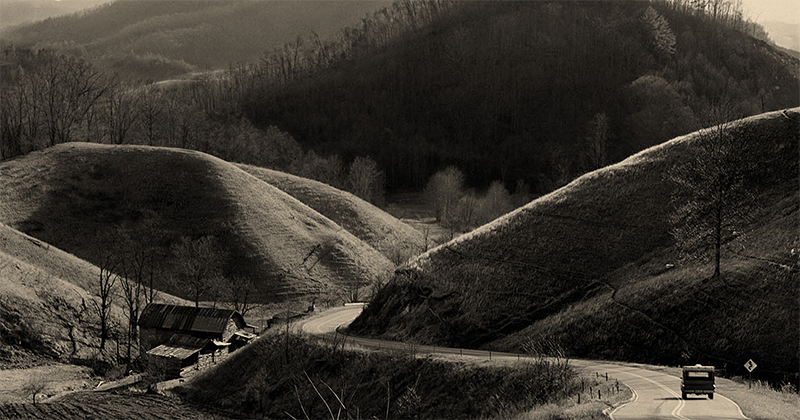
On March 28, 2018, Poets & Writers will honor three writers for their work on behalf of other writers: Chimamanda Ngozi Adichie (the Farafina Trust Creative Writing Workshop in Nigeria); Steve Cannon (A Gathering of the Tribes); and Richard Russo ( the Authors Guild). The editor’s award will go to Riverhead’s Rebecca Saletan. The Costa Award shortlists include the late author Helen Dunmore, Jon McGregor, Stef Penney, Kamila Shamsie, and Sarah Winman (fiction).
Pamela Bannos writes a “nearly forensic biography” of mysterious photographer Vivian Meier, Joanna Scutts offers a portrait of the woman whose 1936 best seller Live Alone and Like It changed the cultural landscape for single women, Edward Ayers creates a Civil War narrative that shows the “lived experience” of North and South, Steven Stoll’s Ramp Hollow is “gravid and wellmade,” and Jessica Keener’s new novel is set in 1990s post-Communist Budapest.
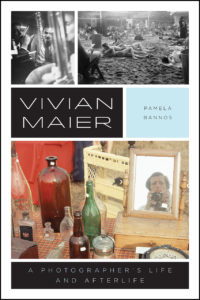
Pamela Bannos, Vivian Maier: A Photographer’s Life and Afterlife
Making a living as a nanny, Vivian Maier secretly created an extraordinary portfolio as a photographer. Bannos takes on the mystery of her work and its posthumous glory.
Luc Sante (Bookforum) sets the stage:
We know about [Maier’s] work only by chance, and through cultural and economic circumstances specific to the early 21st century. Had her end come even a decade earlier, it is quite likely that her photographs would have been destroyed and her name relegated to a mere census entry and a dim memory in very few minds. Instead she has been propelled to posthumous fame, and fortune by proxy. She has attained that rarefied position by virtue of her talent, to be sure, but also because of the romance of serendipity as well as the singular opportunities afforded by the internet to certain kinds of beaverish promoters. Thus her story, as patiently and lucidly detailed by Pamela Bannos in her nearly forensic biography—which unties many knots and brings order to what was previously a chaotic welter of information and misinformation—moves along two timelines at once, before and after death, both of them labyrinthine and marked by passages of seemingly permanent obscurity.
Emilie Bickerton (Los Angeles Review of Books) notes, “Bannos simply follows the photographs, tracing where Maier went and looking at what subjects drew her eye. Her approach is refreshing—a clear-eyed, empirical account that counters the willfully obscure, ego-driven yarns spun by the buyers. In this light, A Photographer’s Life and Afterlife is a work of real integrity in a field lacking such a genuine spirit of inquiry.”
“The achievement of Bannos’s intelligent, irritable self-reflexive study is in its restraint,” writes Parul Sehgal (New York Times). “She unseats the ghost and restores to us the woman.”
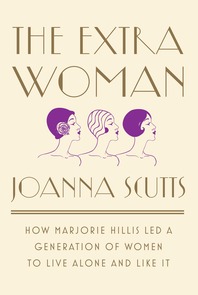
Joanna Scutts, The Extra Woman: How Marjorie Hillis Led a Generation of Women to Live Alone and Like It
Scutts’s cultural history shows how Marjorie Hillis’s 1936 best seller Live Alone and Like It changed cultural norms for single women.
Joanne Kaufman (Wall Street Journal) writes, “Helen Gurley Brown became famous, not to say notorious, with the 1962 publication of Sex and the Single Girl, a vade mecum that covered such diverse topics as how to spend and save, dress and decorate, get fit, get ahead at work and of course how—and how much—to entertain gentleman callers. In The Extra Woman, Joanna Scutts makes it clear that somebody else was working those fields long before the ineffable HGB stuck in her spade.”
Linda Simon (Newsday) calls the book “smart, informative and insightful cultural history.”
Julia M. Klein (Chicago Tribune) writes, “But the most interesting aspect of Scutts’ project, as well as its unifying thread, is the story of Hillis herself. Hillis’ father was a preacher scarred by financial scandal, her mother the author of a relatively conservative advice guide, The American Woman and Her Home. When Hillis wrote Live Alone and Like It, she was in her mid-40s, unmarried, comfortably middle class and an editor at Vogue. She wrote out of experience, and women responded.”
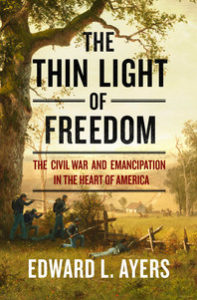
Edward Ayers, The Thin Light of Freedom: Civil War and Emancipation in the Heart of America
Ayers, who won a Bancroft Award for In the Presence of Mine Enemies, continues his Civil War narrative, focusing on several individuals, from North and South, in the Great Appalachian Valley.
The starred Kirkus review calls the book “an exemplary contribution to the history of the Civil War and its aftermath.”
“Small towns throughout the Great Valley changed hands many times during war, and as complicated a military picture as that presents, it represents an even more complicated political and social picture,” writes Steve Donoghue (Christian Science Monitor). “The Thin Light of Freedom gathers the stories of all these different aspects of the war’s final years and transmutes them into a dark and oddly uplifting tale of the forging of modern America. It’s a necessary addition to Civil War libraries.”
James Oakes (Washington Post) concludes: “Ayers set out to re-create the lived experience of the Civil War—for Northerners and Southerners, blacks and whites, men and women, soldiers and civilians—without losing sight of the political turmoil and destructive violence that affected all of them. In that he has succeeded brilliantly.”
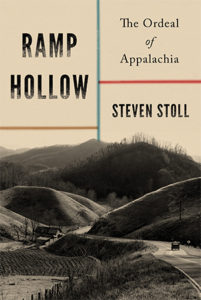
Steven Stoll, Ramp Hollow: The Ordeal of Appalachia
Fordham historian Stoll’s new book is a deep dive into the history and economic growth of a region with a painful past and current political impact.
“As economic history,” writes Dwight Garner (New York Times), “Ramp Hollow is gravid and well-made.”
Alec MacGillis (ProPublica) writes, “Ramp Hollow [is] not just another account of Appalachia’s current plight, but a journey deeper in time to help us understand how the region came to be the way it is. For while much has been written about the region of late, the historical roots of its troubles have received relatively little recent scrutiny.”
Thomas McClung (New York Journal of Books) concludes, “This is a well-researched and written analysis to be added to the historiographical shelf on Appalachia, its people, and their dispossession of the land and family home place. And dispossession is what it’s really all about. The mountaineers certainly deserved better.”
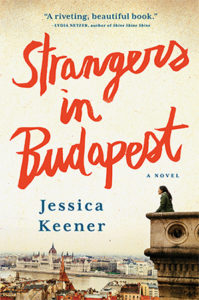
Jessica Keener, Strangers In Budapest
A young couple from Massachusetts relocate to post-communist Budapest, encountering dangers and challenges at every turn. Keener’s own sojourn in Budapest is inspiration for a novel that gathers praise for atmospherics.
David Canfield (Entertainment Weekly) writes, “Keener (Night Swim) writes about post-communist Hungary with the heart and specificity of someone who’s lived it. Her second novel, Strangers in Budapest, is inspired by the time she spent in the country’s capital city in the early 1990s, when the fall of the Soviet Union opened up new commercial possibilities while also forcing a reckoning with its ugly past.”
Olivia Gehrke (Boston Magazine) writes, “With chills lurking around each corner, this second novel by Brookline author Jessica Keener is the perfect page-turner for late autumn. It follows parents who move from Boston to post-Communist Budapest with their infant son, hoping to escape a troubled past. Yet they soon find themselves entangled with a World War II vet with a deadly agenda.”
“Although Keener periodically describes some aspects of beauty in Budapest’s landscape and architecture, Strangers in Budapest is by no means a flattering portrayal of the city or its denizens,” notes Dana Hansen (Chicago Review of Books). “The place is largely a disappointment for Annie; its unfamiliar language and customs are disturbing to her. Will’s inability to ‘strike gold like the newspapers claimed others were doing,’ results in Annie’s spending much of the novel wondering why they ever came to Hungary.”

